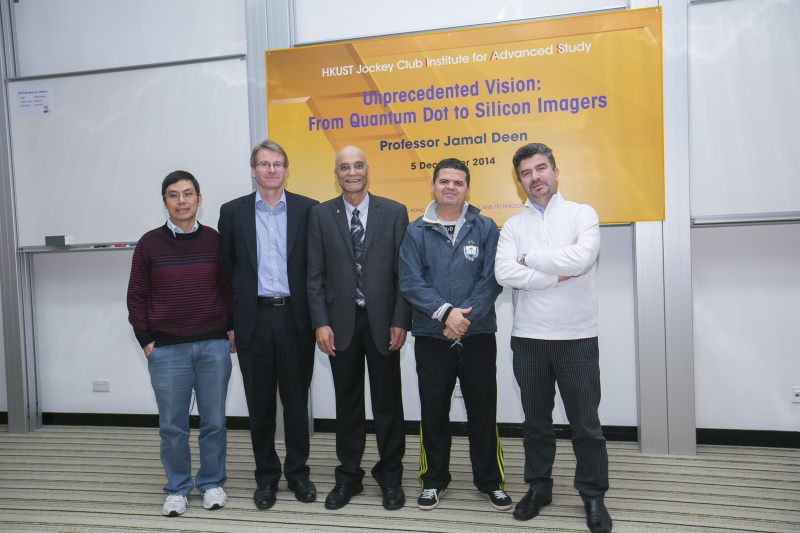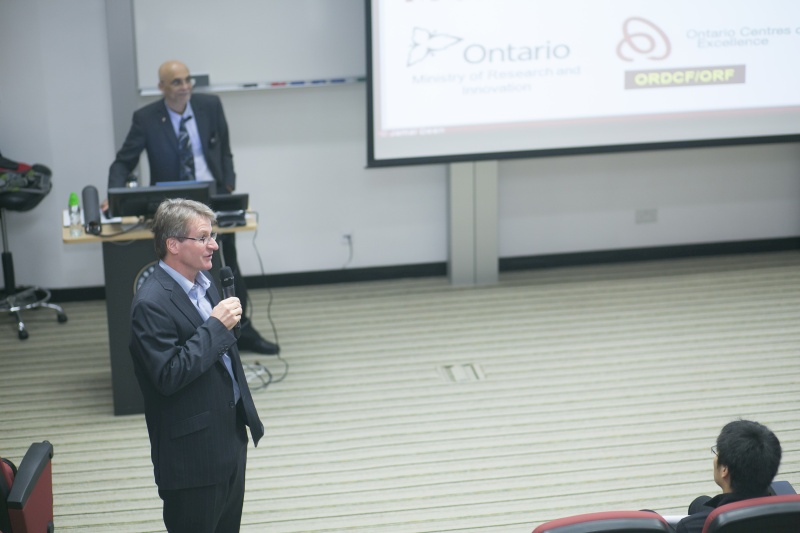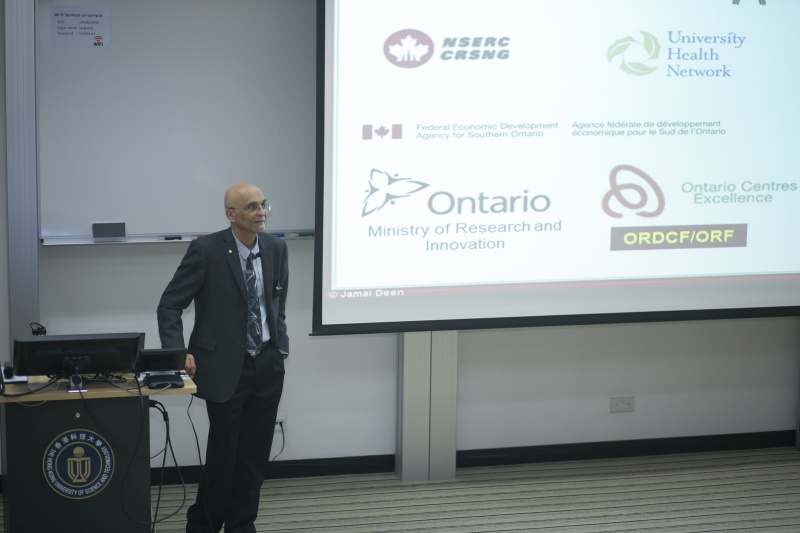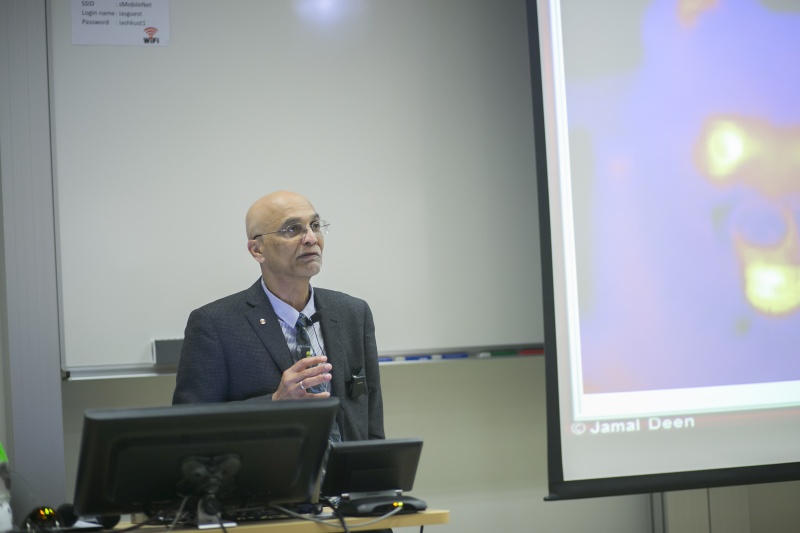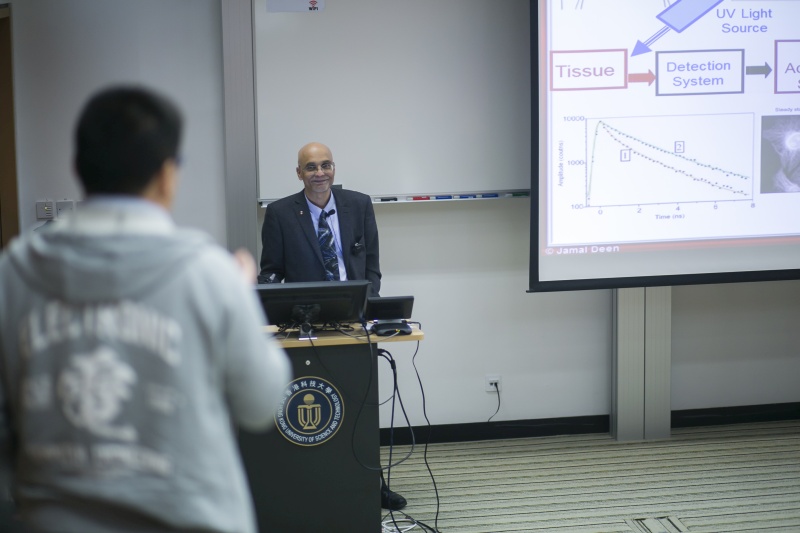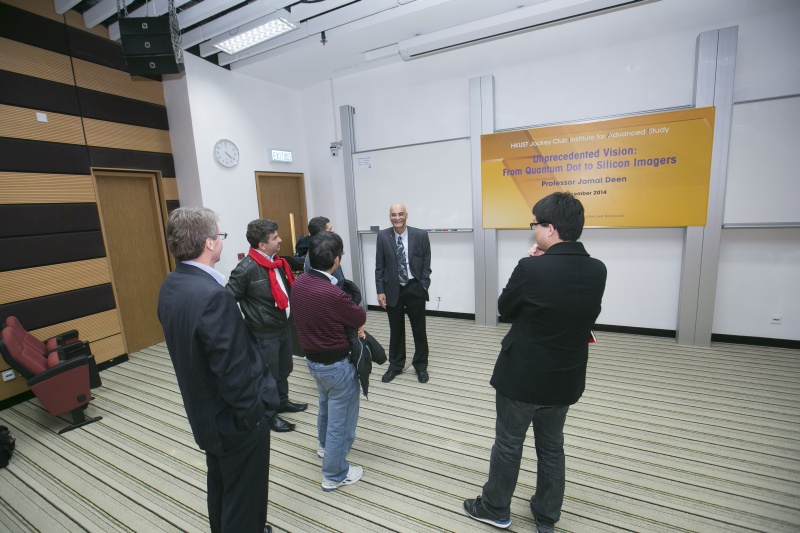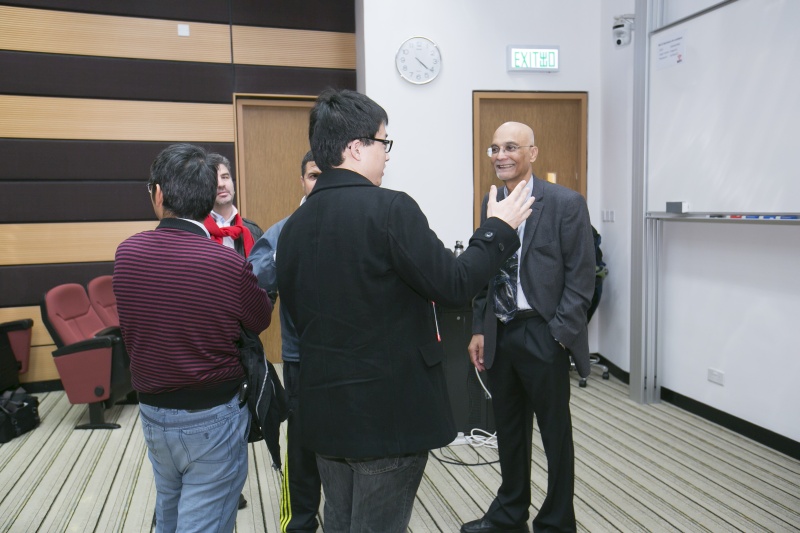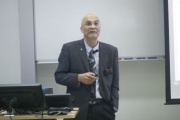Unprecedented Vision: From Quantum Dot to Silicon Imagers
Abstract
Vision is one of our more important senses. In many situations, humans develop and apply technologies to enable then to “see” better or to expand the range of wavelengths over which the human eyes are sensitive for many demanding applications in health and environmental sciences. One technology uses quantum dot infrared photodetectors (QDIPs) for mid- and far-infrared medical and environmental sensing applications. QDIPs have uniform and stable surface growth of compound semiconductors suitable for large area focal plane applications and thermal imaging. The 3D confinement in QDs allow sensitivity to normal incidence, high responsivity, low dark current and high operating temperature. However, because growth, processing and characterizations of these detectors are costly and time consuming, theoretical models based on the physical operating principals are very useful in characterizing and optimizing the device’s performance for successful operation at first fabrication attempt. The speaker will discuss his calibrated theoretical modeling that provides excellent description of the QDIP’s characteristics for successful device design with optimized performance, as well as the growth and characterization of quantum dots. Next, he will discuss low-cost, ultra-violet to near-infrared, silicon photodetectors and imagers that are having a significant impact in the development of high-sensitivity, high-speed bioimagers for applications in medicine, biology, biomolecular sciences and chemistry. This is part of his on-going research work in developing low-cost, miniaturized and sensitive systems towards minimally invasive screening and diagnoses for early stage malignancies. As one example, the speaker will describe his development of optical imagers capable of single photon counting with high temporal resolution to investigate auto-fluorescence from biological samples for low-cost screening towards early diagnosis of common diseases for better prognosis. Other examples for biomedical imaging will also be provided.
About the speaker
Prof. Jamal Deen received his PhD in Electrical Engineering and Applied Physics at Case Western Reserve University in 1985. His PhD dissertation was on the design and modeling of a new CARS spectrometer for dynamic temperature measurements and combustion optimization in rocket and jet engines and was sponsored and used by NASA, Cleveland, USA. He received the Doctor Degree in Engineering (honoris causa) from the University of Waterloo, Canada (2011), the Doctor degree (honoris causa) from the Universidad de Granada, Granada, Spain (2012) and the Doctor degree (honoris causa) from the Universitat Rovira I Virgili (URV), Tarragona, Spain (2014) for his exceptional scholarly achievements and service contributions, and exemplary professionalism.
As a graduate student, he was a Fulbright-Laspau Scholar (1980-1982) and an American Vacuum Society Scholar (1983-1984). Prof Deen received other awards include the Thomas D. Callinan Award (2002) as well as the Electronics and Photonics Award (2011) from the Electrochemical Society; a Humboldt Research Award (2006) from the Alexander von Humboldt Foundation; an IBM Faculty Award in 2006; the Eadie Medal from the Royal Society of Canada in 2008, the Fessenden Silver Medal in 2011, the Ham Outstanding Engineering Educator Medal in 2014, as well as the McNaughton Gold Medal in 2013, all from the Institute of Electrical and Electronic Engineers (IEEE) Canada. Prof Deen has also been elected by his peers as Fellow of nine national academies and professional societies including the Royal Society of Canada, the Canadian Academy of Engineering, the Institute of Electrical and Electronic Engineers, the American Physical Society, and the Electrochemical Society.

